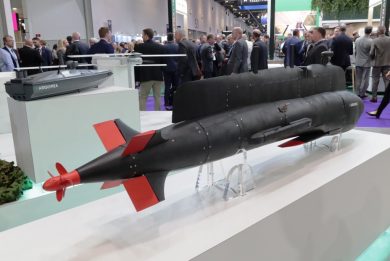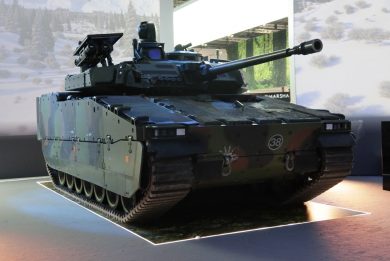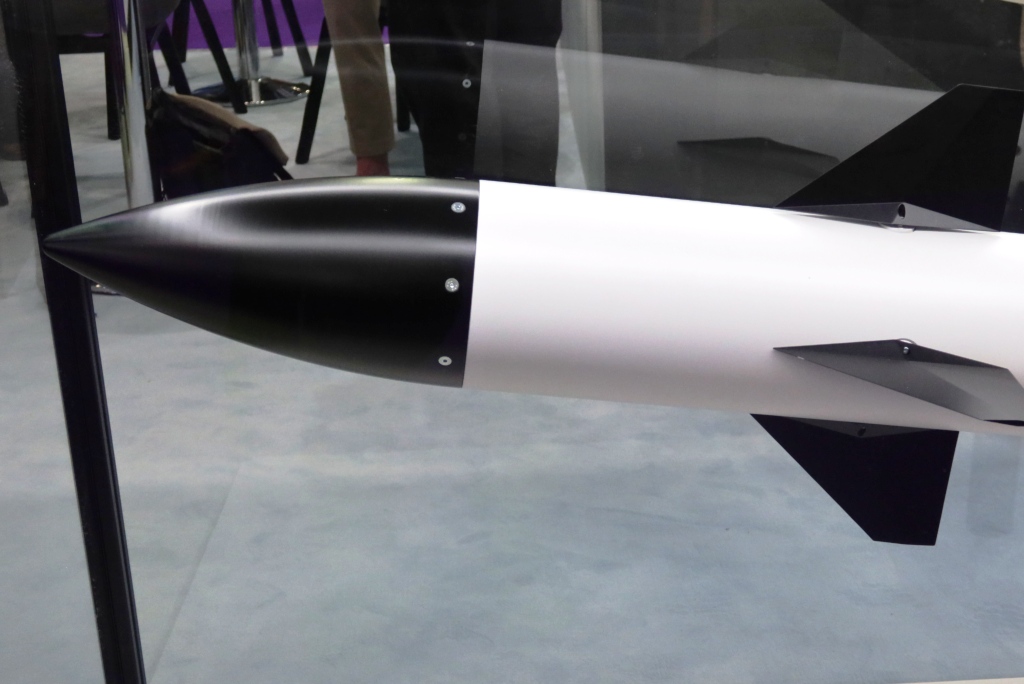
DSEI 2025 – Cambridge Aerospace: Skyhammer and Starhammer fast developed answers to drone and missile threats
Founded in late 2024, Cambridge Aerospace unveiled at DSEI 2025 its two first products, Skyhammer and Starhammer, aimed at countering drone and missile threats, both developed in record time, the company mission being to eliminate the risk of missile strikes on NATO and its allies
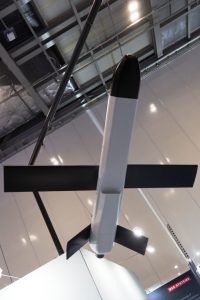
Compared to conventional missile producers, Cambridge Aerospace adopted a disruptive development method that led in six weeks from the computer screen to the first launch of the Skyhammer. Tube-launched, the interceptor has two semi-wings that fold forward and an inversed-V tail plane, which surfaces fold forward along the fuselage body. The powered by a turbojet, which air intake is clearly visible under the fuselage, the front section hosts an X-band radar seeker that allows conducting all-weather operations. Behind the seeker we find the blast-fragmentation warhead, designed to defeat threats ranging from drones, the Shahed being the reference, to subsonic cruise missiles. The current version has a take-off mass of around 18 kg, and is less than 1 metre long, with a 1.3 metres wingspan. It has a range of up to 30 km and a speed of up to 700 km/h.
However, Cambridge Aerospace adopted since inception a spiral development concept, more similar to that used by software houses than by hardware producers. Modularity allows continuous upgrade, while weekly tests allow to integrate modifications based on feedback from the field, continuous development being lessons learned-driven. EDR On-Line understood that Cambridge Aerospace produces in-house most of the components, in order to keep cost under control, while the whole supply chain is UK-based.
The Skyhammer is scalable, the production process allowing to scale it up or down depending on customers’ requirements. The interceptor is in production; currently the Cambridge Aerospace yearly production capacity is in the low hundreds, however the company aims at quickly expand to be able to produce some thousand pieces.
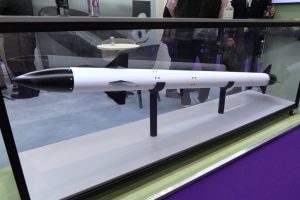
The Skyhammer represents, for the time being, the lower tier of the Cambridge Aerospace portfolio. For higher speed and value targets a second effector is under development, the Starhammer. This is designed to cope with high-speed cruise missiles, EDR On-Line understanding that the company also considers ballistic missiles as possible targets. It is powered by a solid rocket motor, and for this Cambridge Aerospace developed in house its own propulsion system, the Nightstar. The company has set up a production facility specifically for the motor, which in perspective may also become a stand-alone selling item as the market sees a gap in the production capacity for this type of product. The Starhammer is also tube-launched, it is fitted with a radar seeker, can reach a speed of around Mach 2, and has a range of 20 km and an envelope of 10 km in altitude. Its take-off mass is around 90 kg, and its length is estimated at around 3 metres. The missile is at the final prototype status, and should therefore enter production soon, the development path being similar to that of the Skyhammer.
What is clear is that Cambridge Aerospace disrupting approach is not limited to the development phase, the company aiming at costs of a few percent compared to those of similar products available today on the market, which will allow a “democratisation” of protection against incoming flight threats, which will not be anymore limited to key high-value targets but will be spread to defend the whole population. The mentioning of the Shahed indicates that the conflict in Ukraine played a role in triggering the birth of the company, however no statement was made on the use of the Skyhammer in that war.
Photos by P. Valpolini

